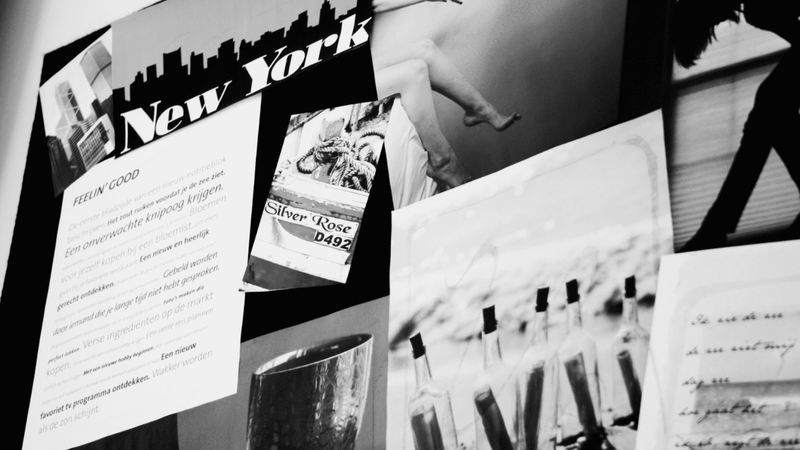
Creating a compelling website starts with a deep understanding of the brand's essence, its objectives, and the audience it aims to engage. A vital step in this process is the creation of a mood board.A mood board is a curated assortment of visuals, colors, and fonts. It serves as a visual tool to encapsulate the brand's identity and the aesthetic ambiance the website seeks to embody. Here’s a closer look at how the mood board creation process unfolds and its significance in website design:
Visual Direction
The mood board sets the visual trajectory for the website. By meticulously selecting images, color palettes, and typography that resonate with the brand's identity, a coherent aesthetic vision is established. This visual direction serves as a guide, ensuring that the design choices made later in the process are aligned with the brand's essence and the intended message.
Communication
The mood board acts as a tangible means to convey the envisioned aesthetic to stakeholders. It provides a visual vocabulary that helps in aligning expectations and reducing misunderstandings, ensuring that the stakeholders have a clear understanding of the visual direction the website is headed in.
Inspiration
Serving as a source of inspiration, the mood board keeps the creative process focused and aligned with the brand's identity. It acts as a reference point, ensuring that the aesthetic remains consistent throughout the design and development process, thereby fostering a cohesive brand representation.
Decision-Making
The mood board facilitates informed design decisions by providing a visual guideline from the outset. It helps in narrowing down aesthetic choices, reducing the likelihood of extensive revisions later on. This streamlining of decisions accelerates the design process and ensures that the website remains true to the initially envisioned aesthetic.
Engagement
Presenting a visual representation early in the project allows for constructive feedback from stakeholders. This early engagement ensures that the aesthetic direction of the website is resonating well, and provides an opportunity to make necessary adjustments before diving deep into the design and development phases.
The practice of mood board creation is a foundational step towards crafting a website that is not only aesthetically pleasing but also resonates well with its intended audience. It’s about building a digital platform that effectively communicates the brand’s ethos, engages its visitors, and leaves a lasting impression.